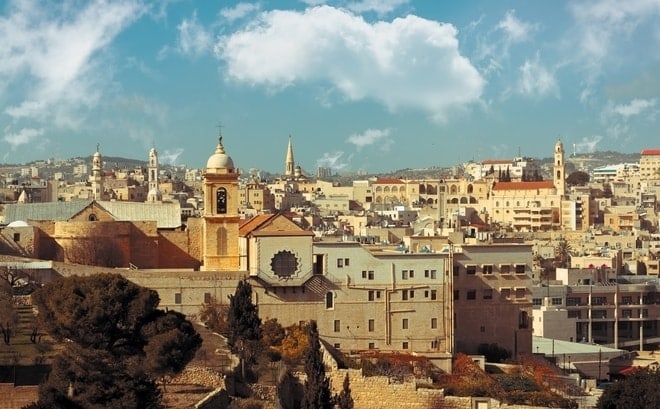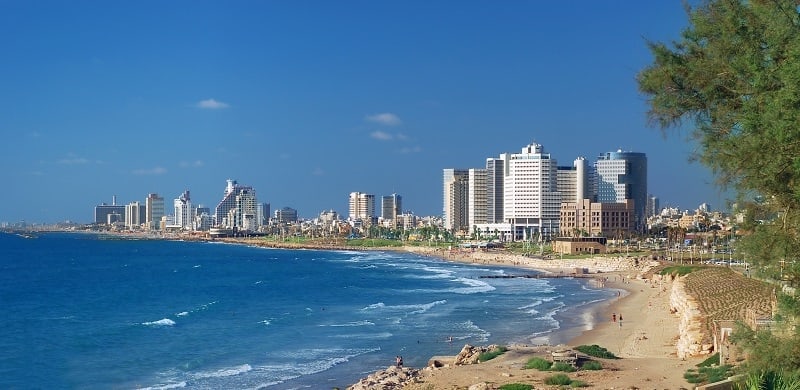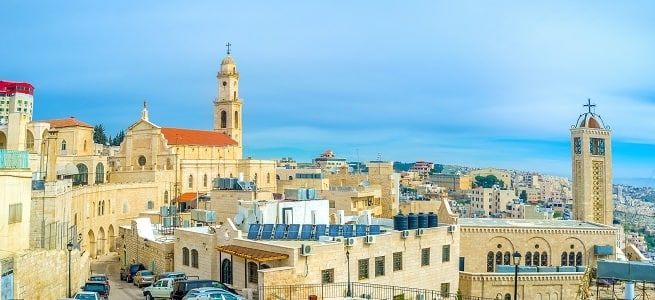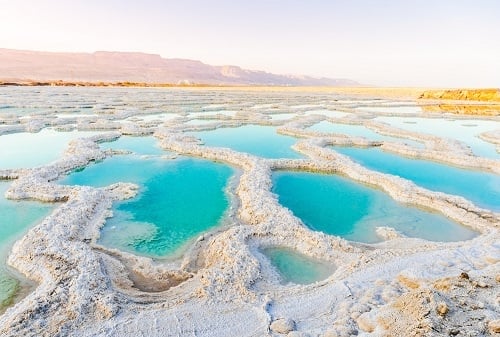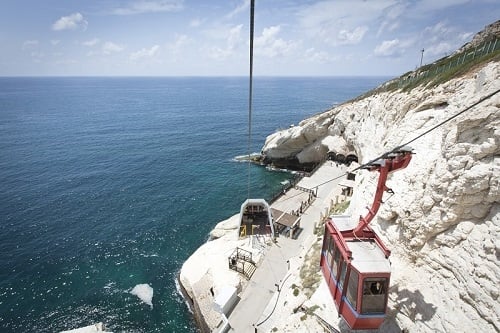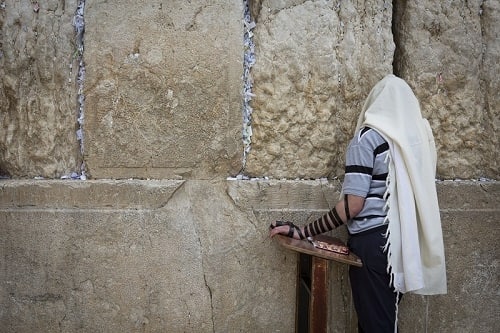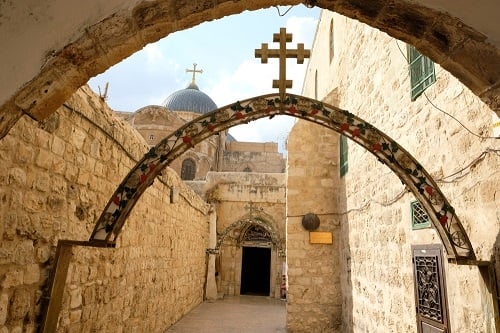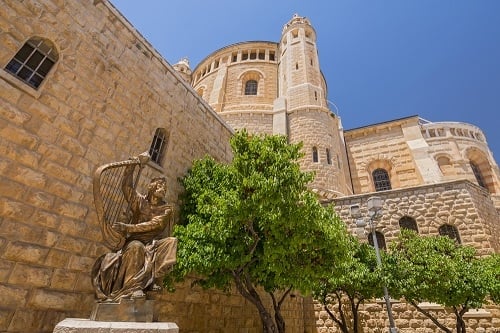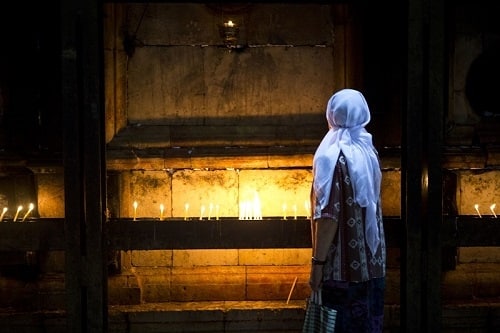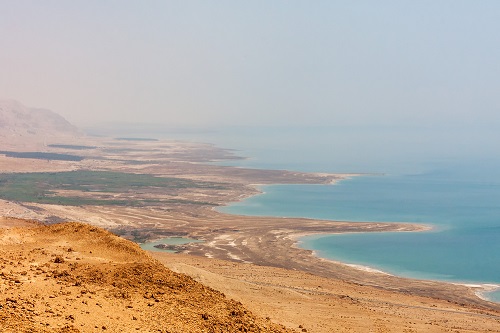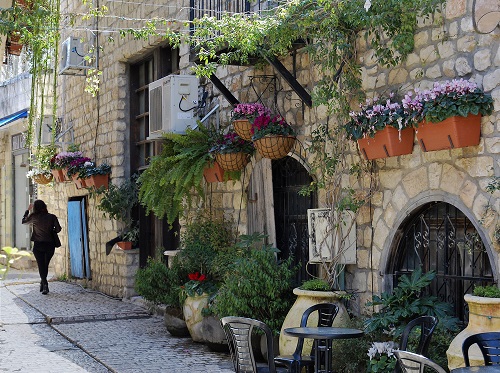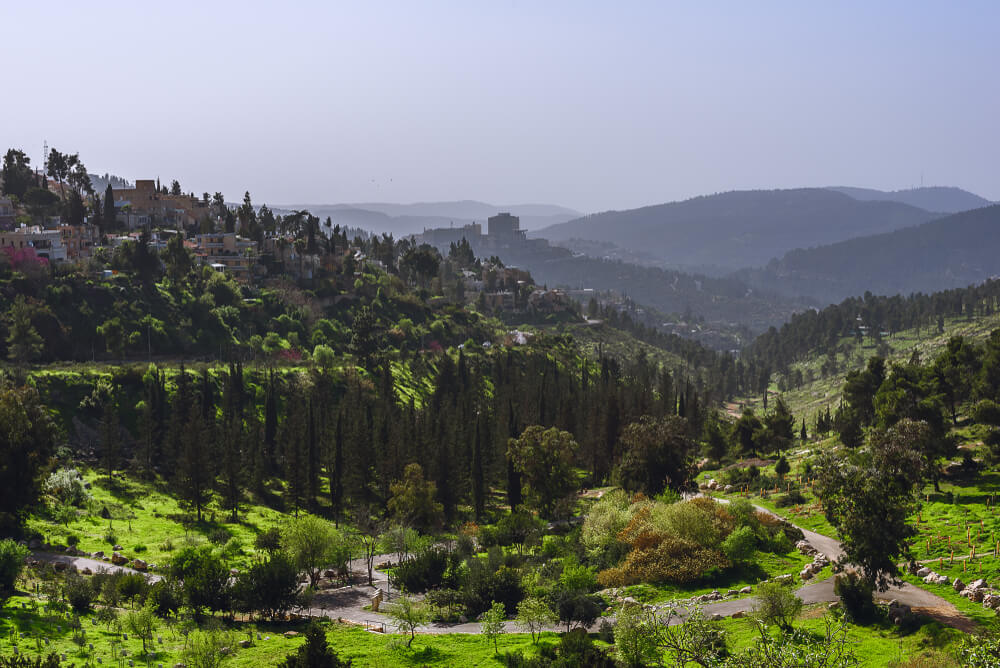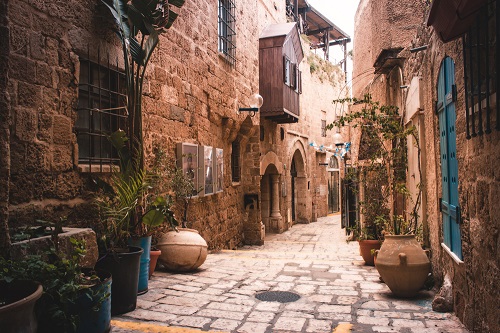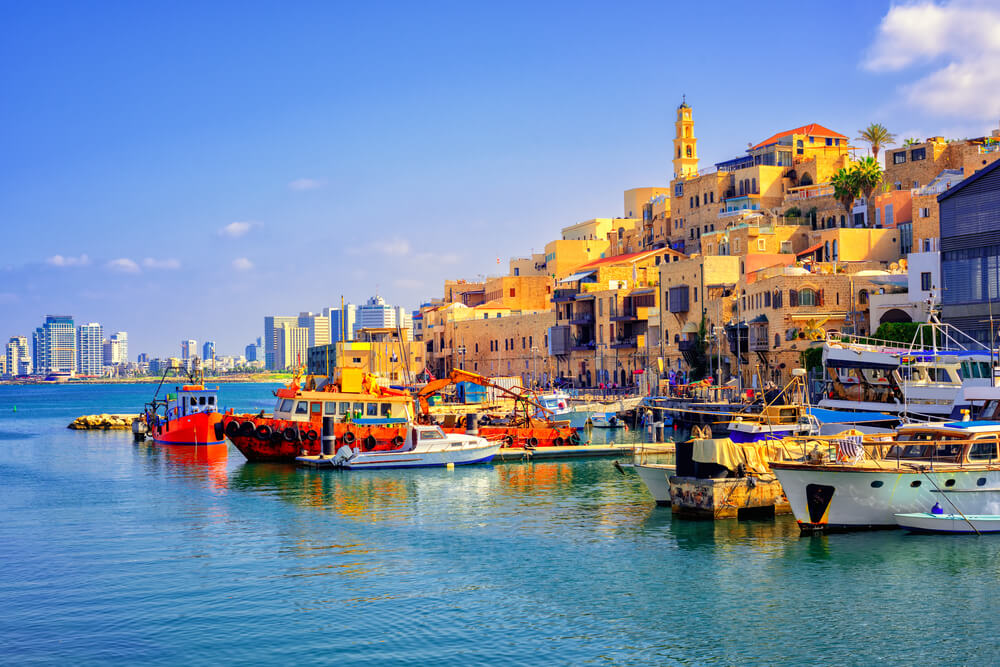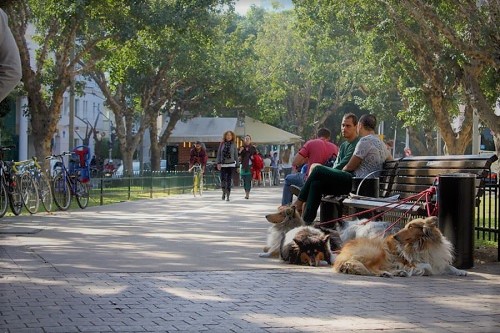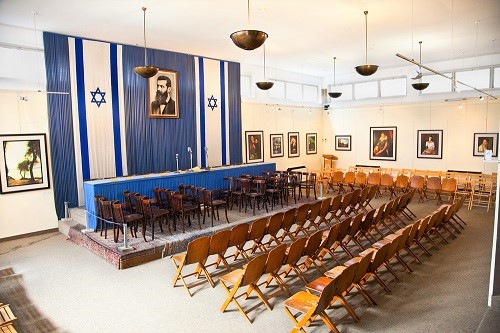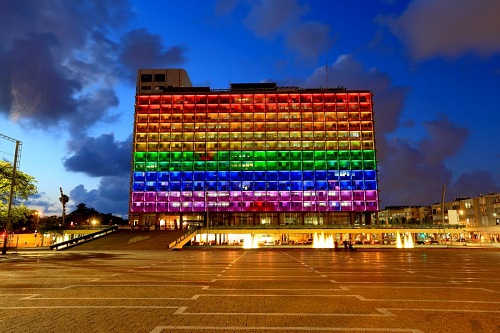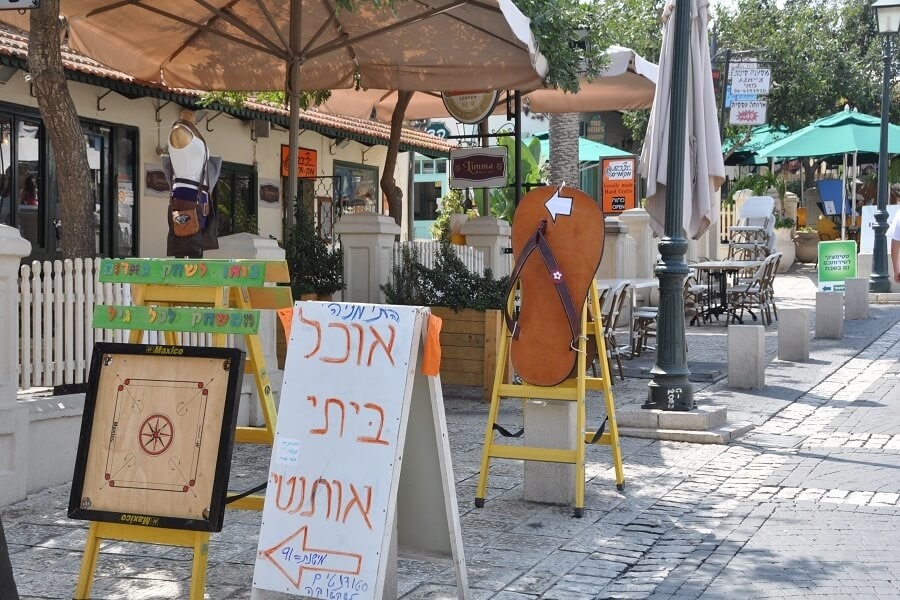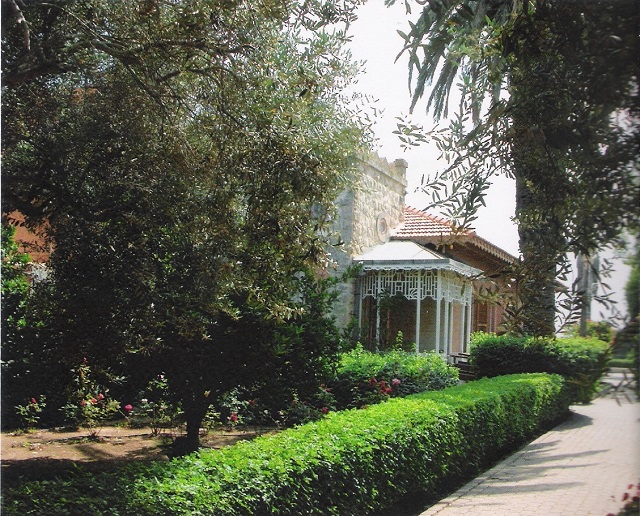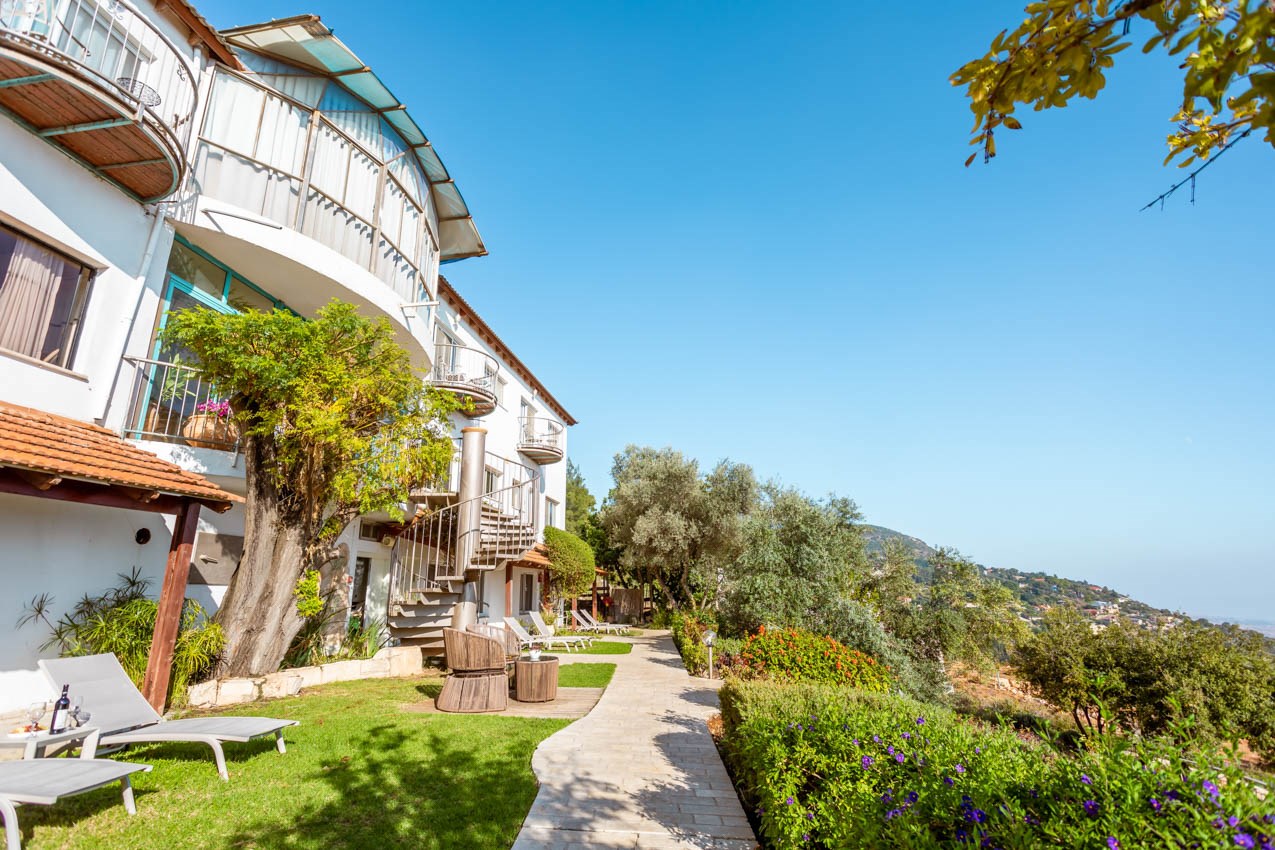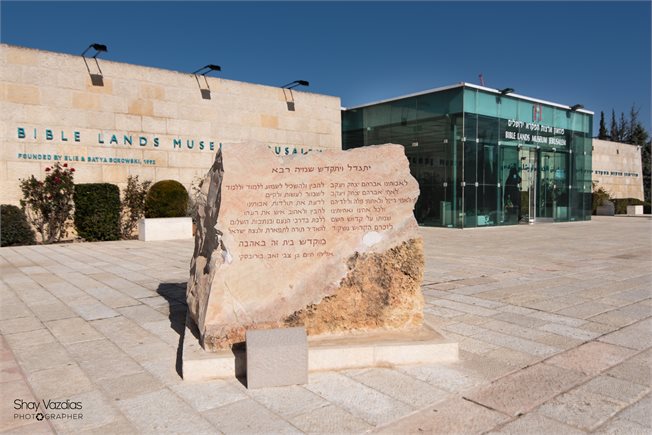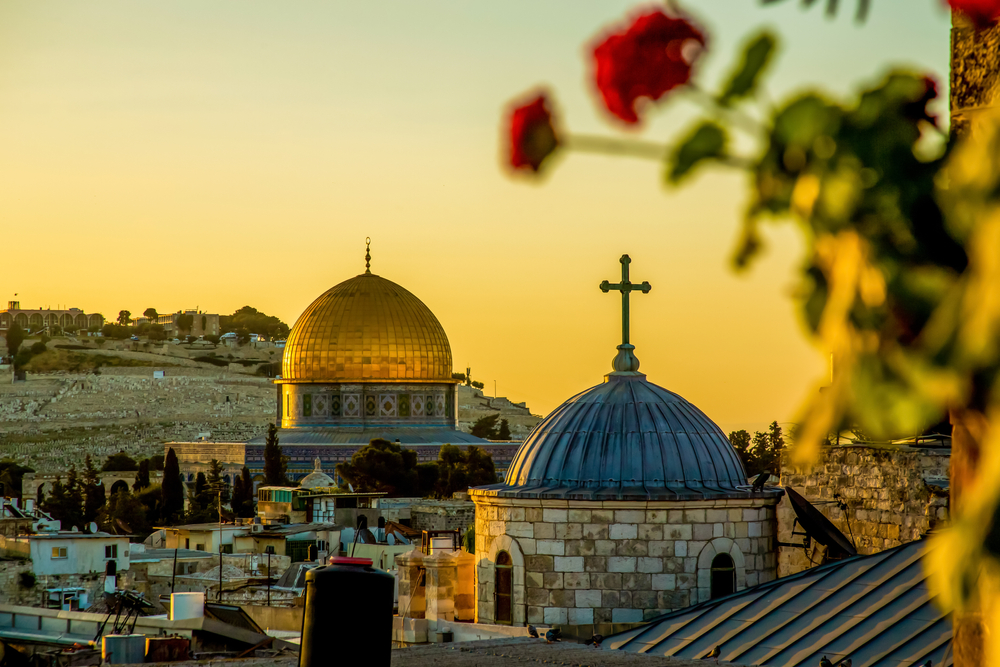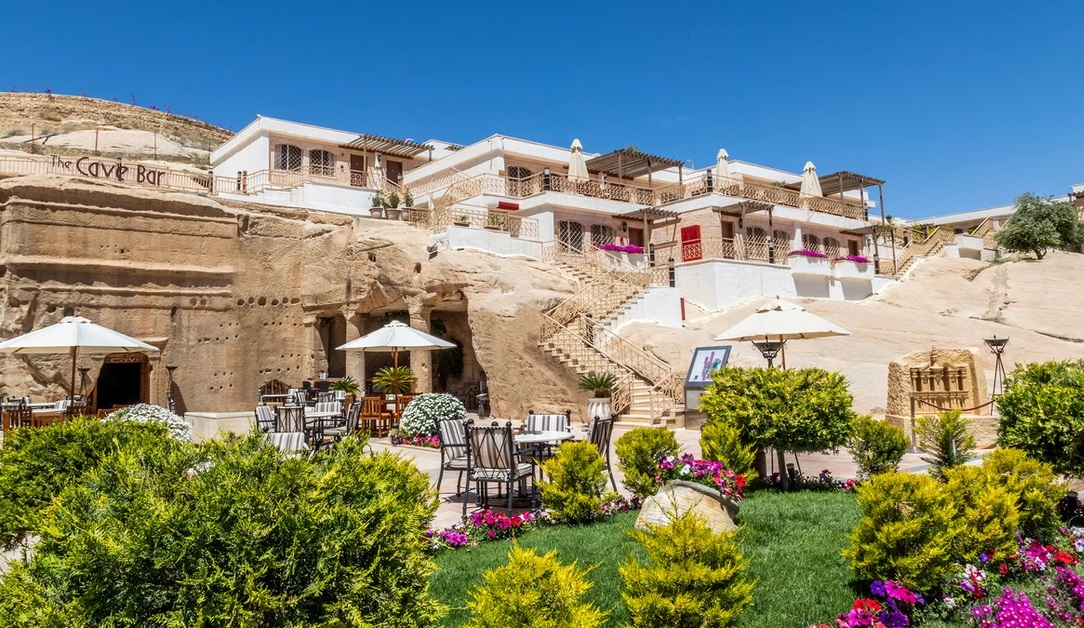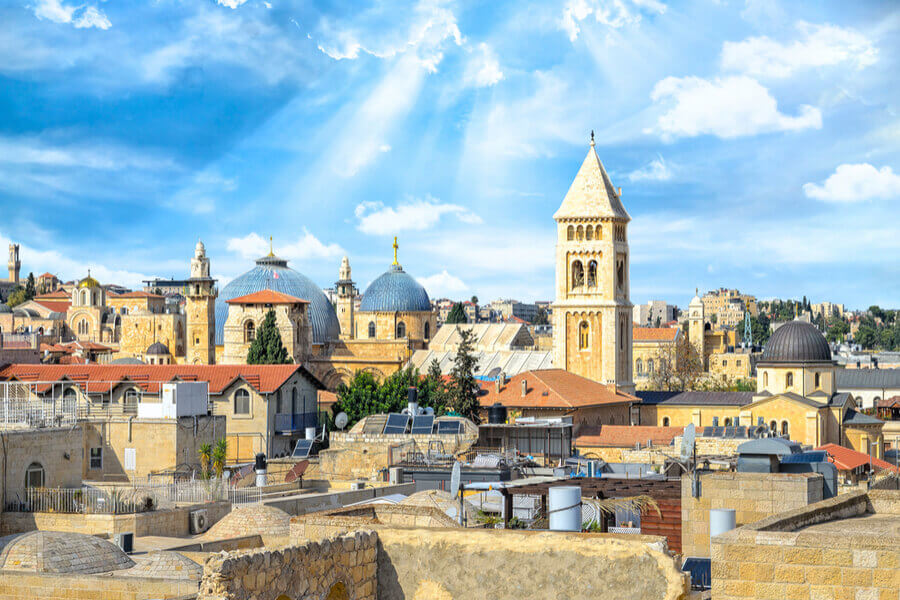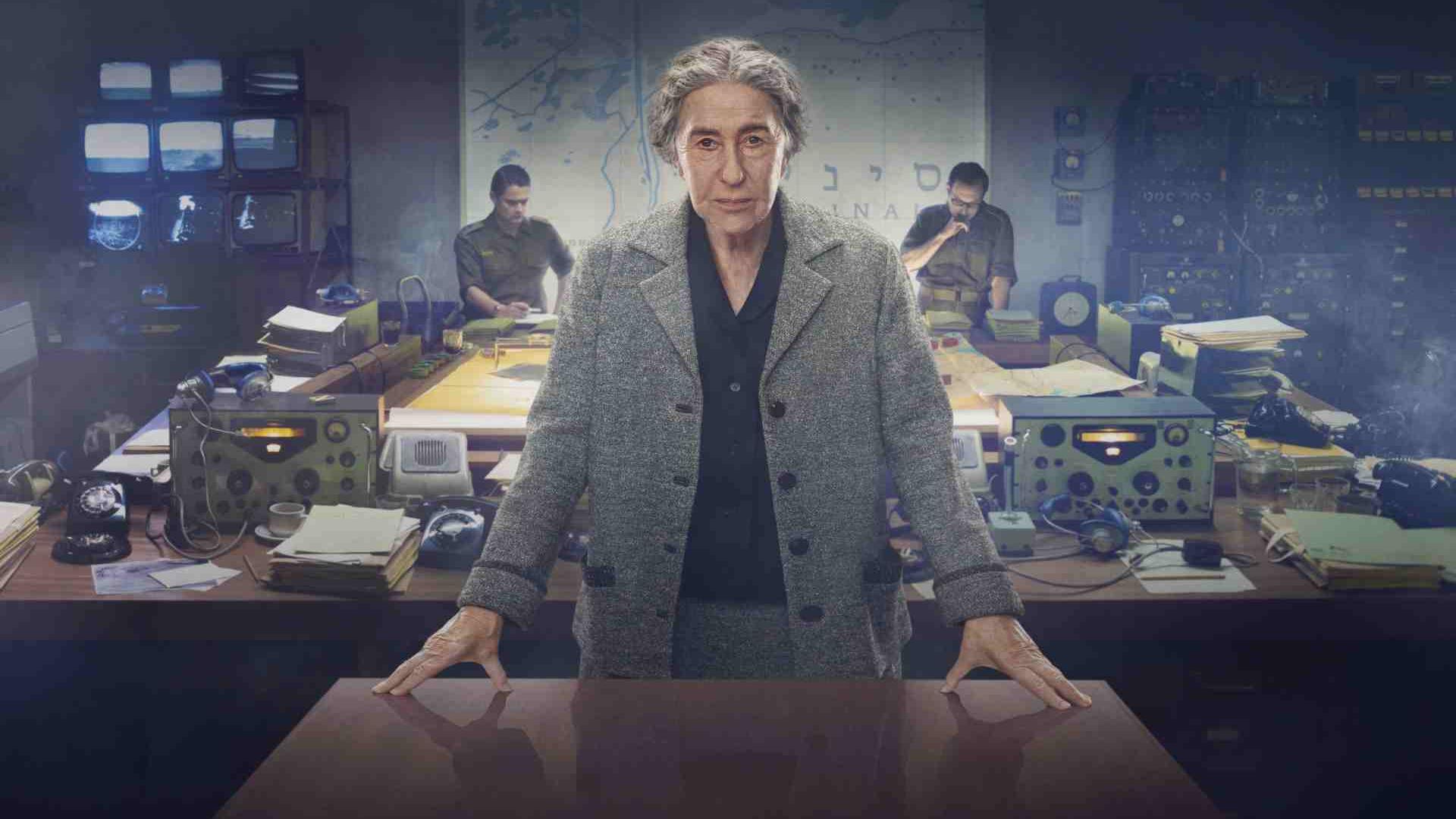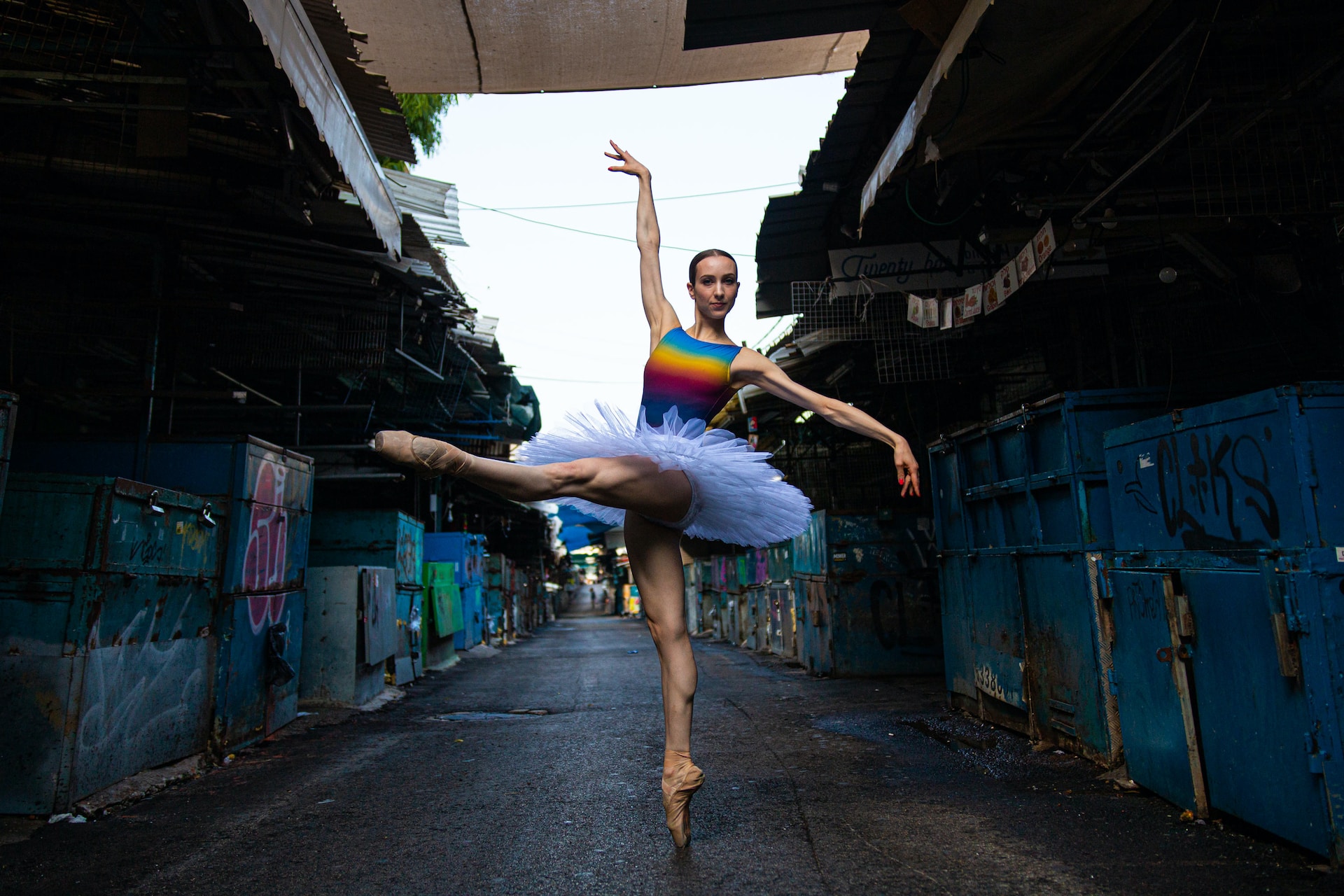Is it Safe to Travel to Israel Right Now?
The fact that Israel is a small country, geographically, doesn’t mean that no one's heard of it! On the contrary, for a land the size of New Jersey, it’s in the media an awful lot - and often portrayed as a dangerous destination, a place you’d really better avoid if you care about your safety and a vacation spot where you’ll never get a quiet moment.But how true is this? Is visiting Israel something you should pass up when you’re putting together your Bucket List, simply because it has a reputation for being unsafe?The old city of Jerusalem. Is it safe?We’re pleased to tell you that the ‘doom and gloom’ reports are just one side of a coin and that the other side is a destination that offers history, sunshine, food, nature, and child-friendly activities, all in a very laid-back environment. And, as anyone who’s ever visited will tell you, one visit will rarely do it justice, which is why so many people return, again and again.nevertheless, we understand the nervousness that surrounds this kind of decision so today we’re dealing with some of the big questions people ask us at Bein Harim before they decide to press the button and book their flight.How Safe is Israel?Israel is actually a very safe country - the crime rate is extremely low, the streets are very safe at night and it’s an extremely female-friendly destination. On top of that, Israelis are exceptionally friendly and outgoing and it’s unusual to sit in a cafe or bar and not have a local start strike up a conversation with you.Israel? completely safeIsrael is a Mediterranean country, where people are sociable, lively, opinionated, and extremely hospitable. Don’t be surprised if you’re in a cab on Friday morning and when you tell the driver that you don’t have plans for the traditional Friday night Shabbat meal he invites you to dinner with his entire family!Is Israel under attack right now?We are happy to say ‘no.’Indeed, what fascinates many visitors is that they arrive thinking that Israel is moments from war but very quickly see people drinking coffee in local cafes, jogging, skateboarding and cycling on boardwalks, hiking in nature reserves, sunning themselves on beaches, and generally enjoying life.Tourists chilling in the Dead SeaThat’s why, after initial nervousness, most tourists after a couple of days are rubbing their eyes in disbelief as to how ‘laid back’ everyone seems."Yihyeh b’seder” the locals say, which translated from the Hebrew means “It will be ok.” And they always mean it.Do I need travel insurance before traveling to Israel?Absolutely. The thing about travel insurance is you never know if you’re going to need it, but if you travel without it and something does go wrong, you’re potentially in big trouble!The biggest reason you’ll need travel insurance in Israel is if you need medical care. The healthcare system is top-quality, with highly qualified doctors (most of whom speak excellent English and many of whom studied and worked abroad) and modern facilities across the country. In fact, Sheba Medical Centre (close to Tel Aviv) is the largest medical center in the Middle East and is at the forefront of all kinds of cutting-edge research.Street band in JerusalemHowever, if you don’t have travel insurance and you need to see a doctor or make a trip to the ER, the costs will mount up quickly, so it really is essential to have your bases covered, in this regard.Travel insurance is also vital in the event that you lose your passport, your phone/laptop, or even have a delayed flight/lost luggage. Honestly, it’s foolish to fly without it. With any luck, you’ll never have to use it but if push comes to shove and the need arises, you’ll be grateful you have it.Will I feel safe walking the streets in Israel?The answer is ‘absolutely’ (the writer has lived in several countries around the globe and never felt as safe as she does here).Not only are the streets of Israel very safe to walk, but in the unlikely event that something unpleasant happens to you, the chances are also that a local will run to your rescue immediately.Live show in the Tel AvivAnd in Tel Aviv (famed for its bars, restaurants, and non-stop nightlife) you’ll always see people on the streets at 3 am, en route home from a club, walking their dog, or simply heading to the local minimarket to deal with a craving for ice cream!Even better, most people speak excellent English, which means that if you need to make yourself understood, it won’t be too much of an issue.Is it safe to drink tap water in Israel?Tap water in Israel is perfectly safe to drink and millions of healthy Israelis are proof of that! It comes from many different sources across the country and tastes just fine.However, if you feel nervous, all of the Israeli supermarkets, drug stores, and ‘makolets’ (local ‘corner stores’) sell inexpensive bottled water (both still and sparkling).The famous Tel Aviv boardwalkDrinking plenty of water is always important, but Israel in the summer can be brutally hot and it’s easy to dehydrate, without realizing it. Don’t leave home without a water bottle in your bag, which you can refill throughout the day at many of the country’s public fountains and sip even when you don’t feel like it!What is the likelihood that Israel will attack Iran?It’s no secret that there’s an ongoing tension between Israel and Iran but, in reality, the risk of the first carrying out an overt strike on the second is unlikely. At present, neither side is looking for direct confrontation, and for Israel to bomb Iran’s nuclear facilities would be tantamount to a declaration of war.Damascus Gate in JerusalemThe implications of an attack would be dramatic and painful for both sets of citizens, not to mention the possibility that it could lead to a greater regional or international conflict. Of course, the ‘military option’ is always there but, at the end of the day, this really would be a last resort option, because of the subsequent political fallout.In conclusion, the likelihood of such an attack is very small.Are there many terror attacks in Israel at present?Luckily, no. Since the end of the Second Intifada (1987-1993) the situation has been relatively calm.Furthermore, it’s important to remember that the majority of terror attacks in Israel do not happen in places that most tourists visit.The West Bank and Gaza Strip (much of which is not controlled by Israel) may pose some risk to your security and a fair few embassies worldwide recommend exercising caution when visiting them.Israeli soldiers on leave, always with their rifles to keep you safeHowever, the majority of visitors to Israel are here to visit big cities like Jerusalem or Tel Aviv, make a Christian pilgrimage to the Galilee, float in the Dead Sea, or enjoy a chillout vacation in Eilat, on the Red Sea and the chances of being caught up in a terror attack here are probably lower than being involved in a fender bender whilst you’re on the road.Moreover, Israel’s security forces (on both a local and national level) are top-notch and - amongst many experts - considered to be the best in the world. The safety of its citizens and visitors is Israel’s primary concern and if incidents do occur, the impact on your trip will probably be quite minimal.Is it safe to travel to areas in the West Bank, like Bethlehem and Jericho?At the moment, it is. Naturally, many Christian pilgrims wish to visit Bethlehem and Jericho, one being home to the Church of the Nativity (where Jesus was born) and the other to the Mount of Temptation and a stone's throw from Qasr al Yahud, where Jesus was baptized.TheNativity Church in BethlehemHowever, like most travel agencies in Israel, we would recommend taking an organized tour of Bethlehem and Jericho - our staff have a good working relationship with local Palestinian guides and can ensure fast, smooth transfers across the border. Having someone there to take you around, who speaks Arabic and knows the locals is invaluable and doesn’t just keep you safe but means you’ll get to pack quite a lot in, in a few hours.Is it safe to travel independently to Israel or is it better to book a package tour?This is a tricky question to answer because, as we all know, one size doesn’t fit all.There are some people who really enjoy taking a package tour - it’s convenient, you see a great deal, you avoid a lot of hassle and inconvenience and (with luck) you’ll have made a few new friends by the vacation’s end. And since Israel’s not a large country, you can see a great deal in a week or so.Others prefer paddling their own canoe - they don’t like early morning starts, enjoy their own company, prefer the flexibility that independent traveling entails - for instance if they want to stay longer in a place they fall in love with, or to visit an ‘off-the-beaten-path’ attraction. And Israel welcomes thousands of such tourists every year.The Bahai Gardens of HaifaThe bottom line, it’s up to you. If you’re nervous, book a package tour (you can always return, solo, another time) and leave the company and your guide to do the leg work. If you feel confident, buy a ticket, book accommodation online, and wander freely. Of course, even if you’re traveling independently, you can still take day tours around Israel - they’re perfect for anyone who doesn’t want to rent a car, wants some history of the place, or wants to meet other travelers.We hope this article has been helpful and if you’re curious about life in Israel, why not take a look at our blog, where you can read about Israeli history, music, beaches, nature reserves, holy places, and archaeological sites (and much more too). If you’re interested in taking a package tour, privately-guided trip, or day excursion, feel free to contact us.
